10 Secrets of Great Workspace Design

Remote workers, startup culture, and mobile technology are revolutionizing the spaces where we meet, collaborate, and work. Open plans aren’t one-size-fits-all, and an increasingly nomadic workforce renders permanently allocated spaces impractical. Here are 10 tips to help you achieve maximum employee engagement and productivity with your workspace design.
1. Stay flexible
Ownership and permanence are out. The sharing economy is in. That means space should be capable of multiple configurations. Last December, when Fast Company consulted with design experts on the future of work, the emphasis was on flexibility. Think adjustable-height surfaces for standing or sitting, tables that allow for small groups to gather within larger, presentation-ready rooms, or semi-private breakout spaces for casual confabs. Consider modular furniture components that can be moved, mixed, stacked, and stowed.
2. Allow for downtime
The Google complex is famous for promoting creativity and productivity with a variety of play spaces interspersed throughout their offices. Play significantly improves motivation, empathy, memory, and efficiency. Many companies are now making space for ping-pong or pool tables, video game consoles, and other sanctioned play and lounge areas.
3. Promote movement
Fast Company highlights extensive research by design firm Teknion and their resulting philosophy of Ethonomics. The authors of Ethonomics note that “until very recently, all of human survival and comfort relied on a person’s ability to move.” The bottom line seems to be that bodies are made to be in motion, and for most of the 20th century, we watched that motion grind to a halt. How could your technology and layout change to allow employees to pace while on the phone or stand during meetings or climb some stairs? Why not give everyone a FitBit and start an office competition for most steps in a month?
4. Work in community
Shared tables are appearing not only in more restaurants and hotels but in the workplace too. Teknion’s Steve Delfino told Fast Company that the community table has long been “a symbol of kinship or alliance that is now becoming an important part of the work environment.” Shared tables are also homier, promoting the increasingly family-style, collaborative work that is happening around them.
5. Mix up the space
You’ve heard of too much of a good thing. A homogeneous workspace kills choice and autonomy and can inhibit engagement. Instead, design a spectrum of spaces to encourage connection and chance meetings. Provide booths for private conversations or concentrated work, and consider locating conference space in the midst of active common areas.
6. Let the sun shine in
Light exposure in the workplace has been linked to better sleep and vitality, and the lack of it can cause depression. When designing for natural lighting, though, be sure to keep harsh glares off of computer screens. Along with skylights or taller windows, design that incorporates natural elements, textures, and patterns is highly beneficial to both employees and visitors.
7. Devise a color code
We all know that color influences the mind. Incorporated into your design scheme, color can also improve efficiency and help with communication. If you have employees coming and going, colored bins or files can act as signals as well as storage. Consider how different colors facilitate different kinds of work, and color your spaces according to what needs to happen inside them. Blues and greens improve focus and reduce fatigue, reds inspire passion and energy, and yellows promote optimism, development, creativity, and innovation.
8. Come up for air
If you can’t breathe, you can’t work, and poor air quality accounts for many invisible attacks on employee health and brain function. Design for good airflow in the first place, and check your ventilation systems regularly to make sure healthy air is reaching all corners of your office. Encourage employees to walk to remote meetings (or while they’re meeting) instead of taking a taxi or bus.
9. Tidy it up
Hide the wires, hide the cords. An untidy space can clutter the mind because distraction attacks all of the senses. Clear surfaces also leave space open for spontaneous collaboration. Invest in desks and tables that are designed to internalize the wires. Keep your space visually spare by providing plenty of storage and offering technology options that promote a paperless environment.
10. Get sensitive (and sustainable)
The demand for more flexible work environments means one-to-one desk assignments may not serve your company anymore. If you think your resources are going to waste, the Internet of Things can help. Sensors for just about anything will talk to apps on your devices and help you operate more efficiently. Heat sensors in desk chairs might allow staff or contract workers to rotate in and out, receiving alerts and booking office time through their devices when space is available. IoT applications also work for utilities and operations. Turn lights off and heat down when nobody’s using a room. Monitor levels everywhere from the supply room to the bathroom, from paper clips to soap. Like this? Read more about great office design:
credit: thereceptionist

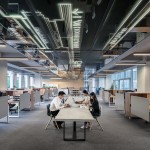
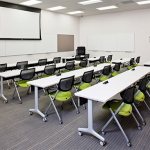
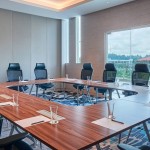
_page20_image40-150x150h.jpg)
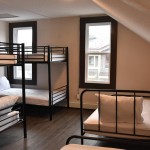


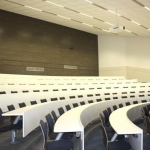


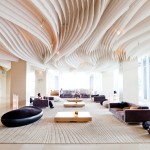

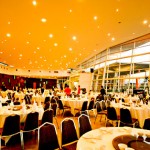


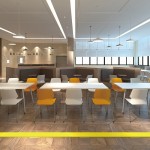
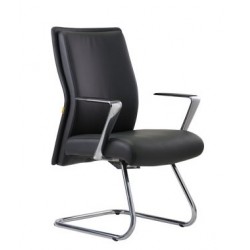
-250x250h.jpg)

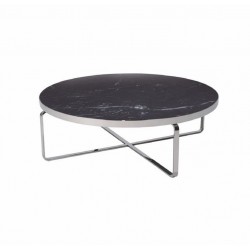

Leave a Comment